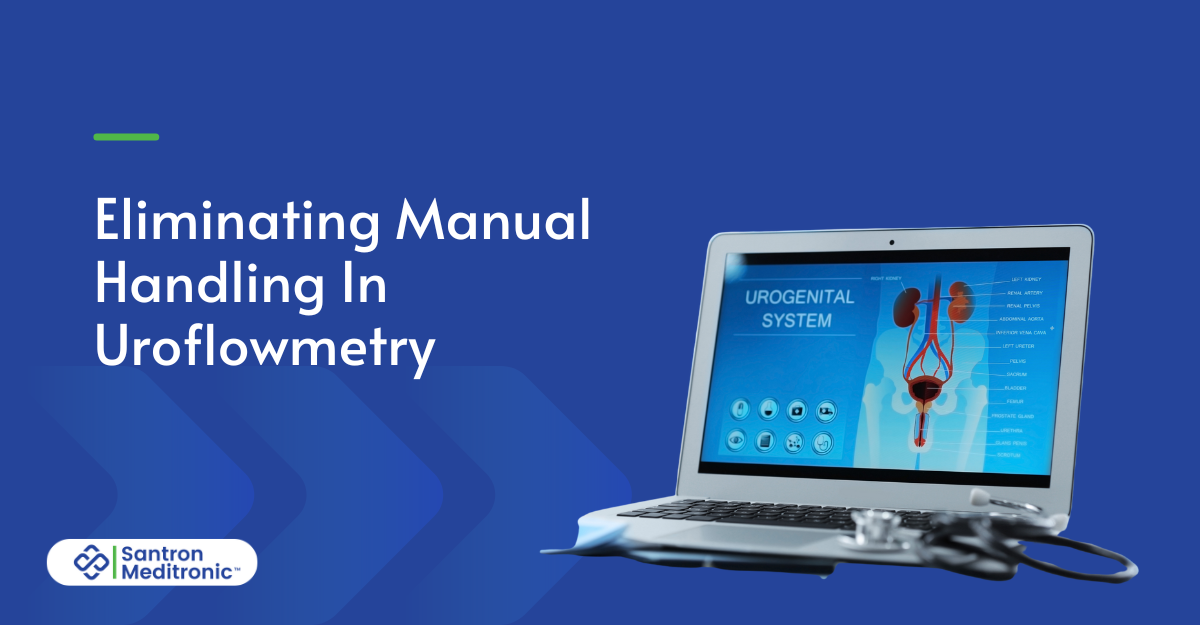In this guide, we will help you understand all about urodynamic testing, why it’s done, the different types of urodynamic tests, and much more.
What is Urodynamic Testing?
Urine is stored in the urinary bladder. The muscles present at the base of the bladder are called sphincters, which are responsible for holding the urine inside the bladder until you are ready to urinate. At the time of urination, the sphincters open and the urine exits the bladder. It then goes into a tube, known as the urethra, from where it leaves the body.
Urodynamic testing examines the functioning of all these parts, i.e. the bladder, sphincter, and the urethra to detect where there may be an issue affecting urination.
In most cases, this testing is advised for individuals who have the following recurring symptoms:
- Urine leakage
- An overactive bladder
- Frequent urination
- Pain while urinating
- Weak flow of urine
- Repeated instances of urinary tract infections
- Difficulty in emptying the bladder
Different Types of Urodynamic Testing
Depending on the initial diagnosis, your doctor may prescribe one of the following tests:
1. Uroflowmetry
Uroflowmetry is a diagnostic procedure to measure the volume and speed of urine flow. It aids in determining if the bladder muscles are weak or if the urine flow is obstructed.
For this test, your provider will ask you to come with a full bladder. You will have to urinate in a specialized urodynamics machine fitted with a uroflow device, automatically measuring the flow and amount of your urine. The device will graph the urine flow per second, offering valuable data about the highest flow rate and the time it takes to reach this.
Uroflowmetry test is performed privately in a physician’s office. It’s a non-invasive process that does not require any anesthesia.

2. Cystometric Test
Also known as a bladder pressure test, this procedure determines the amount of pressure that builds up inside the bladder as it stores urine. It also measures the amount of urine the bladder can hold and how full the bladder is when the urge to urinate occurs.
For this test, your provider will place a catheter, with pressure-calculating electrodes, inside the bladder once it is empty. Your bladder will then be filled with warm sterile water and you will be asked to describe your bladder sensations.
A cystometric test is conducted in a controlled environment with proper urodynamics equipment in place. The test results can also help to identify involuntary bladder contractions.

3. Post-void Residual (PVR) Measurement
This urodynamic testing procedure measures the amount of urine that is left in the bladder post-urination. This leftover urine is termed post-void residual.
Your healthcare provider can measure your PVR by using a bladder scanner, conducting a formal bladder ultrasound, or directly measuring the urine volume via a catheter.
A normal PVR volume is between 50 mL (milliliters) and 100 mL. Post-void residual fluid of 150 mL or more often indicates that the bladder is not emptying.
4. Pressure Flow Study
This urodynamics technique measures the bladder pressure needed for a person to adequately urinate. The test helps to identify blockages in the bladder outlet that some men may experience due to issues like prostate enlargement.
Although less common in women, blockage of bladder outlet in women may occur due to the wall between the bladder and the vagina becoming weak.
5. Electromyography (EMG)
6. Preparing for Urodynamic Testing
While there are no mandatory instructions, keeping certain points in mind can help to ensure smooth testing.
- Certain urodynamic tests, such as Uroflowmetry, require a full bladder. So make sure to consume an adequate amount of fluids before the test. However, be cautious not to drink in excessively high quantities as that may impact the accuracy of the results.
- Do not consume any alcohol or caffeine on the day of testing.
- Consult with your healthcare provider to find out if you have to stop taking specific medications before testing.
- If you have any stinging or burning sensation with urination, inform your provider in advance.
7. Results and Follow-Up
Some patients may feel a slight discomfort while urinating after the tests. Consuming an 8-ounce glass of water every 45 minutes for three hours may help to ease the discomfort.
Additionally, your healthcare provider may recommend the following:
- Using a warm compress to dab at the urethral opening to relieve any pain or discomfort
- Taking a mild antibiotic to prevent a urinary tract infection due to the catheter
Results for tests such as EMR may take a few days to come back. However, the test results for uroflowmetry and cystometry will be handed over to you immediately. Your healthcare provider will help you interpret the results and advise on a suitable treatment plan.
Conclusion
Urodynamic testing helps to detect conditions that affect your lower urinary tract. These are safe and relatively painless tests that aid in diagnosing major bladder and sphincter issues, including urinary incontinence, bladder muscle overactivity, urinary tract infections, and urethral obstructions.
However, these tests must be administered by experienced urologists to ensure accurate diagnosis and suitable treatment recommendations. At Santron Meditronic, we provide top-tier urodynamic equipment for precise and reliable results that enhance better patient care. Reach out to us to know more.








